Perennial and annual representatives of the Dicentra plant are a herbaceous genus, a subfamily of Dumyanka, the poppy family conquered the hearts of gardeners with an unusual form of flowers. The Latin word of a dicenter consists of two Greek: “dis” - “twice” plus “kentron” - a spur, and it can be translated as “double-spoke”. This means that the flower has two spurs in its structure. In Europe, the flower came from Japan in 1816, immediately gained high popularity in the aristocratic milieu. Today, a once-forgotten plant has gained interest among gardeners who liked the Dicenter flower for simple planting and care in the open ground. A photo of plants shows all their beauty and diversity.
Content
Plant description
The genus Dicenter includes 20 species, they grow in the fields of North America, on the mountain slopes of the Far East, Siberia, Crimea, in the vastness of East China. Bushes are not high, from 0.3 to 1 meter. The plant has long, thick roots that go deep into the soil.
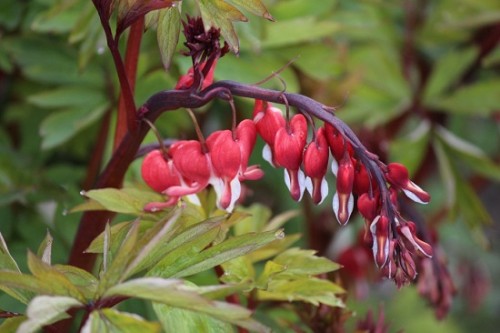
The stems are green, branched, durable. Dissected green leaves, many flowers of a heart-shaped form, different colors depending on the species grow on them. In diameter, the flowers are no more than 2 cm; they make up lush arched inflorescences. The fruit is a box with shiny black oblong-shaped seeds.
When to land
Seeds are planted in plastic cups in early spring, on insulated balconies, or in greenhouses. They give small shoots, which in the warm days of April - May can be planted in open ground. By shoots, the plant is planted in September, by dividing the roots. Autumn planting should not be late, so that the separated roots have time to take root before the first frost.
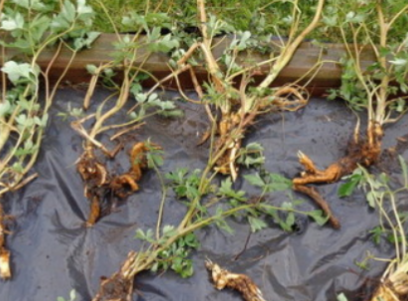 The plant needs a site with good sunlight to flowering faster. Gardeners plant the Dicenter when it is convenient for them, given that planting and care in the open ground do not cause much trouble. Photos on the background of grown bushes become a decoration of home albums.
The plant needs a site with good sunlight to flowering faster. Gardeners plant the Dicenter when it is convenient for them, given that planting and care in the open ground do not cause much trouble. Photos on the background of grown bushes become a decoration of home albums.
The soil of the Dicenter is unpretentious, but the best option for it is light soil with good drainage, saturated with nutrients. The dicenter is planted directly in the open ground, and provide it with the necessary care. Soil must be prepared in advance. If a spring planting is planned, then a place for it is being prepared in the fall.

When a gardener plans to divide the overgrown bushes in the fall, he has been preparing a plot for planting seedlings in the spring. The preparation is simple: the earth is dug into the bayonet of a shovel, humus is introduced at the rate of 3 kg per square meter. meter, mineral fertilizers at the rate of 20 g per bucket of water.
The many-year-old Dicenter is planted in the open ground, caring for it is not difficult, but then gardeners boast of photos taken at their dacha. Seedlings are planted in pre-prepared planting holes with a depth of not more than 0.4 m, with a distance between the wells of at least 0.5 m. The bottom of the hole is laid with drainage, for which broken brick and crushed stone are suitable. Garden soil is poured on them in half with compost. Now a sapling can be lowered into a hole, covered with a mixture of garden soil.
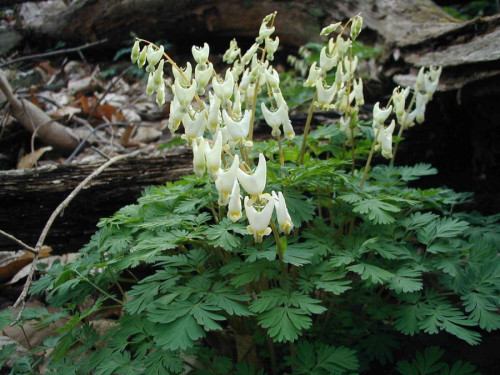
What care does the Dicenter require?
Watering the plants is moderate, soft water, it is necessary to maintain the soil in a wet state constantly. Even on dry days, you need to ensure that there is no overflow of water, the roots rot from its excess. Loosening the ground under the bushes is required because the roots need oxygen. Of course, weeds must be removed. In spring frosts, young shoots must be covered for the night. Since the Dicentra hibernates in open ground, new plantings are also made immediately in the garden, and they are cared for according to general requirements.
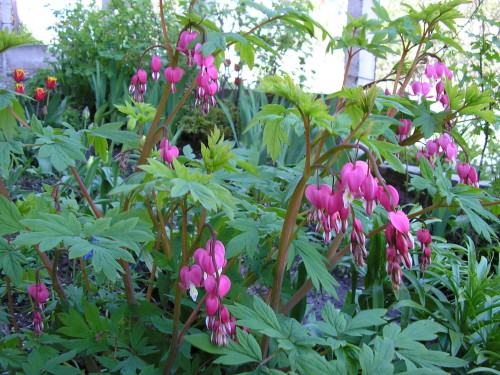
Fertilizing the plant at the beginning of its flowering is carried out with nitrogen fertilizers, during full bloom the bushes are fed with superphosphate, in the fall around the trunk of the bush they are watered with mullein infusion, the soil is mulched with humus. To prolong flowering, it is necessary to cut off fading inflorescences in time, the plant immediately throws out new shoots of flowers.
Bushes can not be transplanted for 5-6 years. Then they scoop up the bush, carefully divide the stubby dead rootstock into several new seedlings with 3-4 buds, plant them in a new, previously prepared place. The place of cut must be sprinkled with ash. Dicenter landed immediately in the open ground, and requires little maintenance.
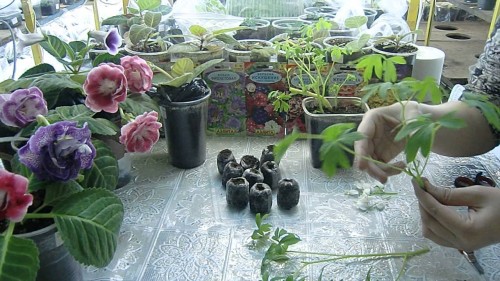
The transplantation of the Dicenter is carried out with the beginning of the autumn cooling, as soon as the bush ceases to bloom. You can transplant the shrub in the spring - on warm April-May days. The dicenter is planted in the open ground and give it the necessary care.
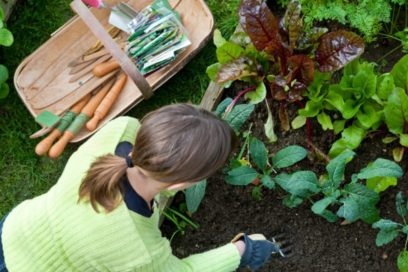 You may be interested in:
You may be interested in:The fight against diseases also applies to care, although the plant is resistant to various diseases. Nevertheless, sometimes tobacco mosaic, circular spotting appear on it. Much less often, the bushes undergo a mycoplasma disease, from which the flower stalks are bent, the growth of the plant slows down. The dicenter is planted in open ground, and care includes cultivating the land from pests.
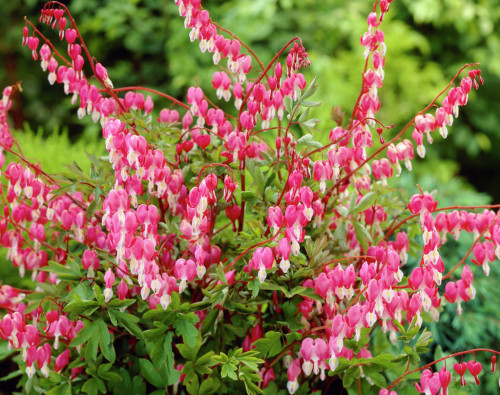
Prevention is the correct watering of flowers, eliminating excess moisture. For prevention, the soil is shed with formalin solution, but this is done at least 4 weeks before planting seedlings. Of the many insects, this plant loves only aphids.
 You may be interested in:
You may be interested in:Varieties of Dicenter
In total, breeders have created 20 types of dicenters. All of them differ in appearance, addition of inflorescences, color of flowers. They are united by a strong root system, not difficult landing and care in the open ground.
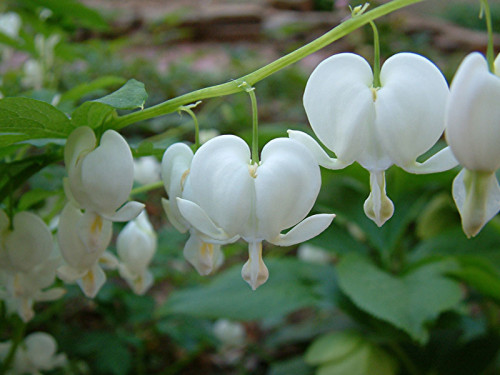
The most popular varieties among gardeners:
- Dicentra Magnificent, Dicentraeximia, it is also called exceptional, excellent.
- Dicentra Beautiful, Dicentraformosa.
- Dicentra Golden Vine.
- Dicentra napellus, Dicentracuccularia.
- Dicenter Aurora.
- Dicentra King of Hearts.
- The oregano center.
- Dicentra Alba.
- Dicenter White.

There are many varieties and types of Dicenters, gardeners strive to decorate their landscape with their combination, especially since planting and care in the open ground for them is not at all big. They select varieties from a photo on the Internet, order seedlings.
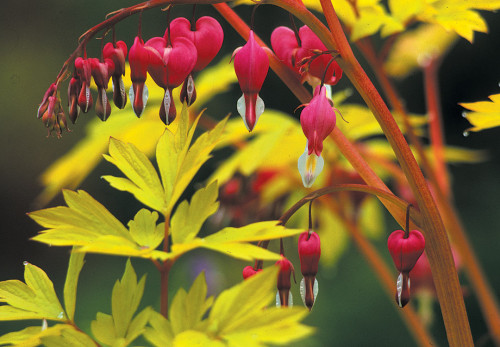
Dicenter Magnificent was born in the west of North America. There, a perennial bush grows by 20 cm. But pink inflorescences grow to a diameter of 25 mm, surrounded by dense carved foliage. It is resistant to frost, the roots do not freeze out at a winter temperature of -35 degrees. When cultivated in home gardens, the soil surface from autumn frosts is mulched.
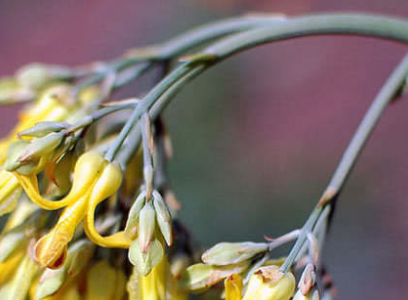
Dicenter Beautiful comes from British Columbia, where her bushes can be found in the center of California, in the humid forests.Weather conditions allow the bushes to grow up to 0.3 m, but their inflorescences grow up to 15 cm, surrounded by thick carved foliage. Dense stems and strong roots hold the weight of such magnificence. When cultivated in the garden, they must be sheltered for the winter, despite their high resistance to frost.
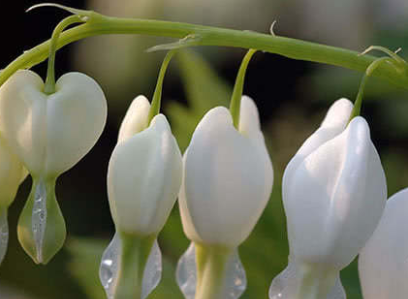
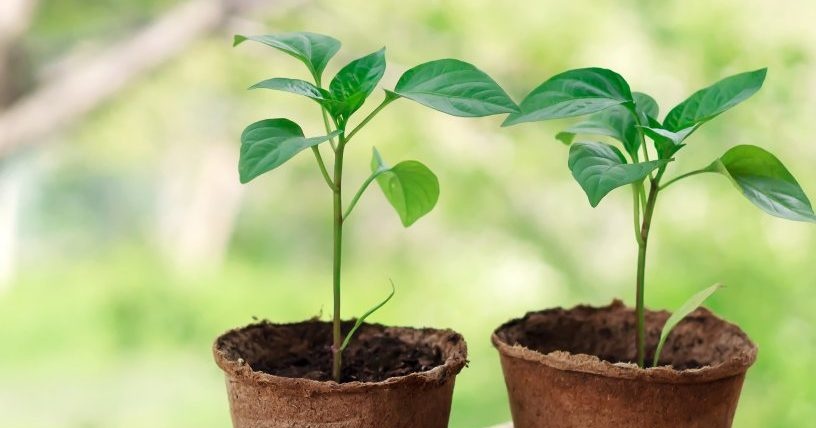 You may be interested in:
You may be interested in:Dicenter Klobuchkovaya was born in eastern North America, widely cultivated in Oregon, Washington. The name received due to the unusual shape of the roots, covered with small nodules. This variety lends itself well to cultivation. Its main color is white, but subspecies with pink flowers have already been created - this is the Pittsburgh variety, and a variety with yellow-lemon flowers.
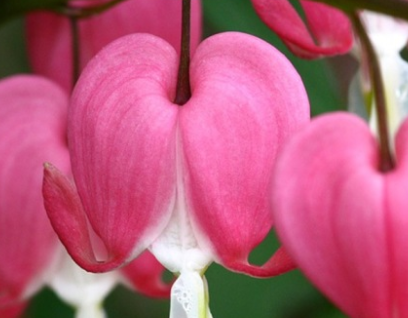
Golden-flowered dicenter native to Mexico, from the highlands of California. This variety is distinguished by the height of the bushes up to 1.5 m. It blooms the entire warm season. Saturated yellow flowers have 2 special petals with unusual curvature. In natural conditions, bushes quickly appear on the site of a recent fire, but in the garden, unlike their brothers, they require special conditions.
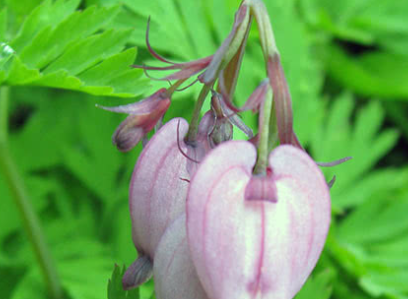
Propagation of the Dicenter
The easiest way is to divide a 3-to 4-year-old bush into several seedlings. The most difficult way is to grow a bush from its own seeds. They are sown in separate boxes in September, immediately after the collection of seeds, the boxes are placed in a room with an even temperature within + 18 + 20 degrees.
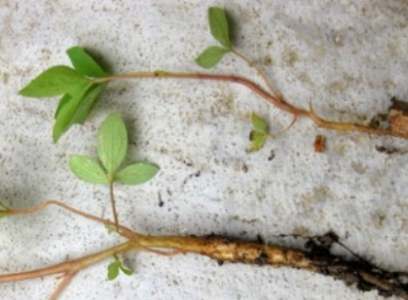
Seedlings sprout after 30 days. With the growth of shoots up to 2 leaves, picking is carried out, followed by planting in open ground, and care for such plantings is especially careful. For the winter, young shoots should be covered with a film. By spring, the plant will give a strong root system, and will turn into strong small seedlings.
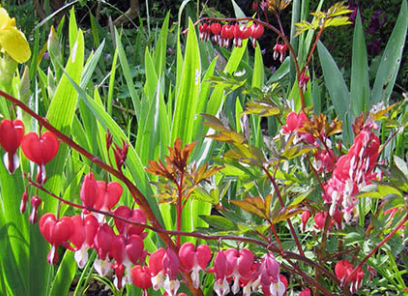
Propagation by cuttings is carried out at the beginning of a warm spring. To do this, cuttings are prepared in the spring, young shoots are cut with the remainder of the kidney from which the shoot grew. The length of the cuttings is not less than 15 cm. The place of cuts on the bushes is treated with ash.
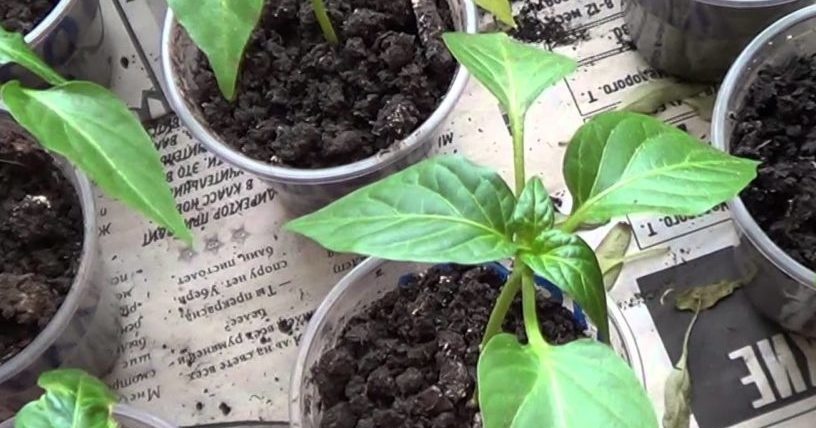 You may be interested in:
You may be interested in: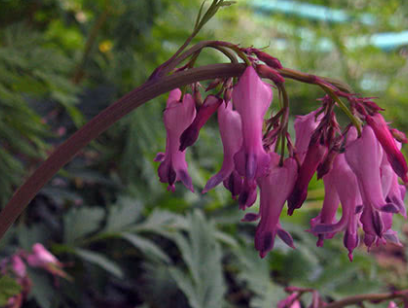
For a day, cut cuttings are placed in a solution with a root growth stimulator, then they are planted in flower pots to grow and strengthen the root system. Light moist soil is used here, the cuttings must be covered with glass jars for several weeks. Cuttings in pots give new roots, but they can be planted in open ground only for the next year.




 Sow in the ground, without seedlings: 10 beautiful and unpretentious flowers
Sow in the ground, without seedlings: 10 beautiful and unpretentious flowers Platicodon planting and outdoor care
Platicodon planting and outdoor care Hosta - planting and care in the open ground in the Urals
Hosta - planting and care in the open ground in the Urals Oleander - care and growing at home
Oleander - care and growing at home